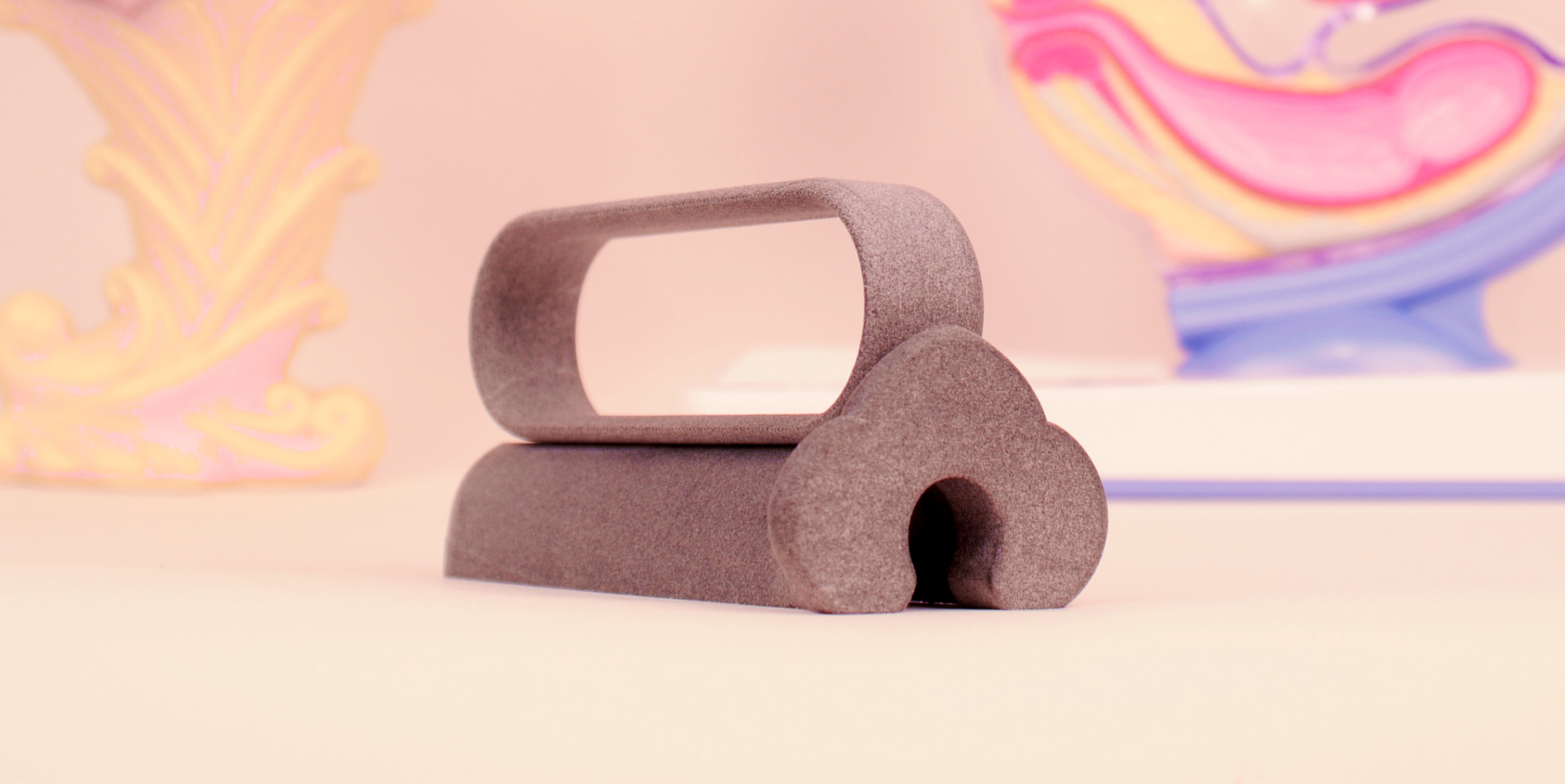PROMPT 1
What impact do you want to have on the world and why?
Design has the potential to facilitate empowering interactions and a sense of belonging, but the reverse is true as well. Even at a place like Stanford, which is world-renowned for being “innovative”, overlooked design details exclude people at a place they expect to call home. This holds true for my wheelchair-abled friends on campus. At the library, they are unable to roll down the ADA-compliant side ramp because bike racks are blocking its entrance. When they visit dorms, they are unable to see friends upstairs because there are no elevators.
Because of stories like this, I dream of and am working towards a world where the first question on designers’ minds is, “who are we leaving out?”. By asking inclusive questions, we can radically expand the human experience.
I’ve experienced firsthand how difficult it is to put these words into action. In past jobs, designing for disability was treated as an afterthought due to a lack of resources, connections, and team capacity; convenience was prioritized over inclusivity. In one case, a company only considered accessibility after being sued over its website’s lack of ADA-compliance.
However, I’ve also witnessed the incredible potential of intentional inclusive design. As a designer making patent-pending inclusive tampon prototypes at TINA Healthcare, I’ve heard the stories of people who are disabled, gender non-conforming, and survivors of sexual abuse that feel seen and served by a menstrual product for the first time. This impact on individuals by making the world more inclusive is what drives me.

TINA, a tampon applicator for women with dexterity issues that I worked on
PROMPT 2
Describe your most meaningful experience(s) and why they matter to you.
I grew up listening to my mom’s stories of how her father, a selfless pro-bono lawyer in the Philippines, would get into arguments with her mother after accepting kamote (sweet potatoes) as compensation from a client that couldn’t afford his services. My grandfather’s kamote modeled an unparalleled dedication to justice I wanted to follow, even as my dream to become a human rights lawyer shifted to a career in product design.
This passion for justice only strengthens as I see people with the power to make positive change doing the opposite. As a Senator supporting the workers’ union at Stanford, I heard management’s threats to report their workers to ICE after they spoke out about being mistreated in the workplace. In subsequent meetings, management refused to acknowledge these issues of harrassment and intimidation in the first place.
I quickly learned how to advocate differently– later that year, I co-founded Students for Workers’ Rights, a group that accomplished change through student-worker solidarity and direct action campaigns. This group showed me the importance of community-based advocacy, creativity in the face of setbacks, and ways I would like to use my own privilege to empower others.
By the past and present, I’m reminded that there is no time to hesitate in working towards justice, whether as an activist or as a designer. I’ve come to embrace design as advocacy– I see myself as an advocate for user needs and aim to amplify marginalized perspectives to make products better for everyone.

Social media content I made for Students for Workers' Rights' fundraisers, which raised $497k in mutual aid for service workers